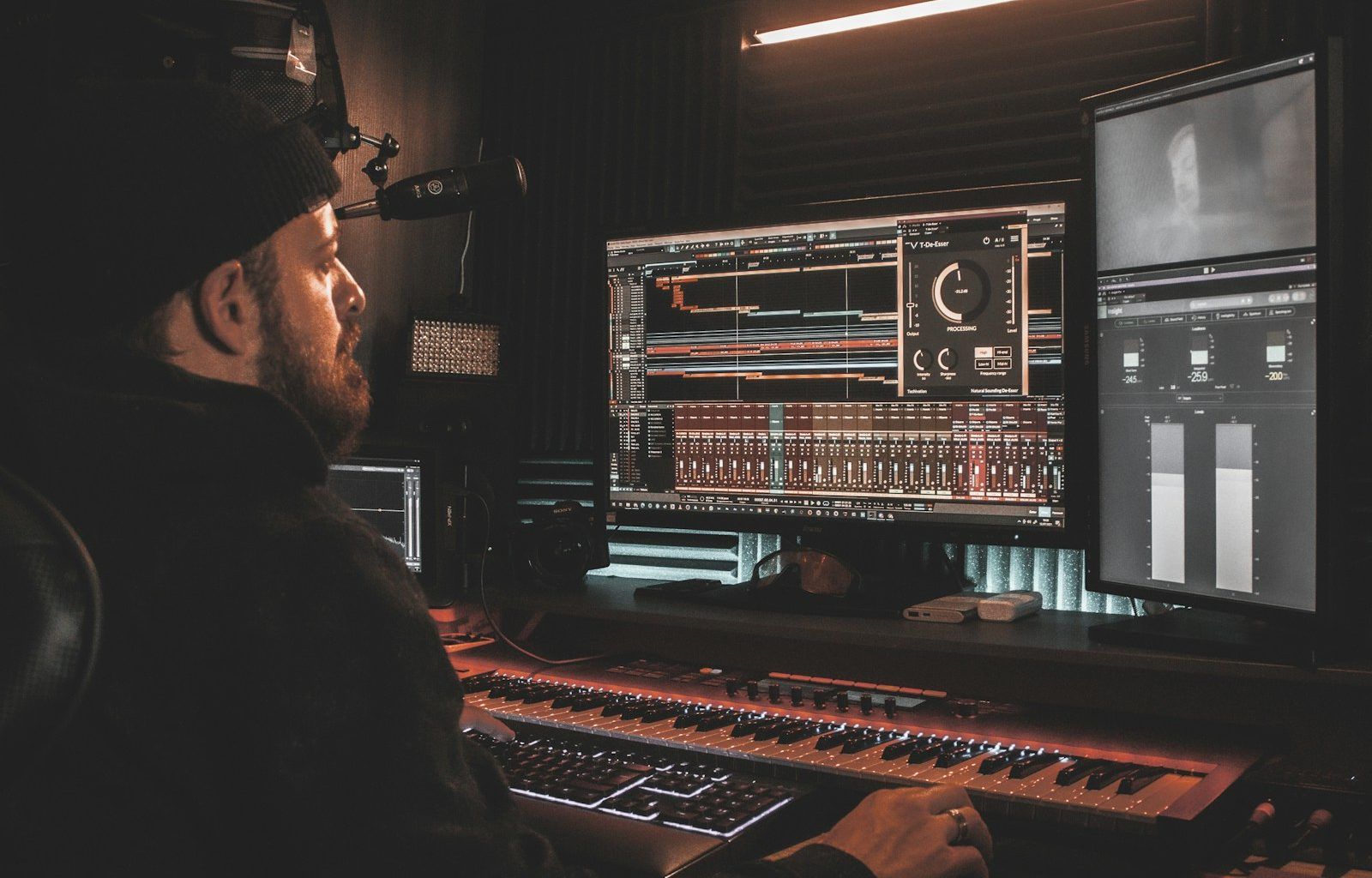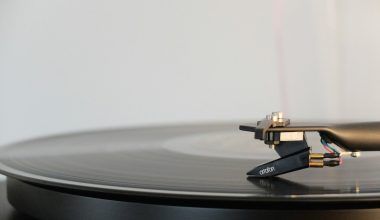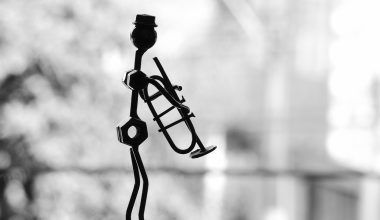If you love music or have ever thought about creating it, you’ve probably come across the term “DAW music.” DAW stands for Digital Audio Workstation, a software that lets you compose, record, edit, mix, and produce music right from your computer. Think of it as a digital studio that fits on your laptop or desktop.
Gone are the days when creating music required renting an expensive studio or buying tons of gear. Today, anyone with a computer and a passion for music can make it happen. Whether you’re a professional musician, a budding artist, or just someone curious about experimenting with sound, a DAW is your gateway to turning ideas into reality.
The beauty of DAWs lies in their accessibility. You don’t need to be a tech wizard to start. With a little patience and the right guidance, you can begin crafting your own tracks in no time. And trust me, there’s nothing more satisfying than listening to a song you created from scratch.
Choosing the Right DAW for You
When it comes to DAWs, there are plenty of options out there. Some are free, while others come with hefty price tags. How do you choose the right one? It all depends on your needs and budget.
If you’re just starting out, you might want to explore free options like GarageBand or Cakewalk. These are beginner-friendly and offer enough features to get your feet wet. For those ready to invest, industry-standard DAWs like Ableton Live, FL Studio, or Logic Pro provide advanced tools and functionalities for professional-grade music production.
Each DAW has its own strengths. For instance, Ableton Live is fantastic for live performances and electronic music. FL Studio is a favorite among hip-hop and EDM producers. Logic Pro is popular for its seamless integration with Mac devices. Spend some time researching and even trying out demo versions to find the one that feels right for you.
Setting Up Your DAW
Once you’ve chosen your DAW, it’s time to set it up. This might sound daunting, but it’s easier than you think. Most DAWs guide you through the installation process step by step.
After installation, the first thing you’ll need is an audio interface. This device connects your instruments or microphones to your computer, ensuring high-quality sound. Next, consider getting a MIDI keyboard. It’s not essential, but it makes composing melodies and beats much easier.
Don’t forget about headphones or studio monitors. These are crucial for hearing your music accurately. Finally, create a dedicated workspace. Having a clean, organized area can do wonders for your creativity.
Learning the Basics of DAW Music
Starting with a DAW can feel overwhelming because of all the buttons, knobs, and features. But don’t worry—you don’t need to know everything at once. Begin with the basics.
Learn how to create a new project and add tracks. Tracks are where you’ll record or program your music. Familiarize yourself with the timeline, where your entire composition takes shape. Practice simple tasks like importing audio files, recording your voice, or creating a basic beat.
Every DAW comes with a range of virtual instruments and effects. Play around with these to understand how they work. Many DAWs also have tutorials or built-in guides to help you get started. And if you’re ever stuck, there are countless videos and forums online to guide you.
The Art of Recording and Editing
Recording is one of the most exciting parts of working with a DAW. Whether you’re laying down vocals, recording guitar riffs, or programming beats, this is where your ideas start to come alive. Take your time to get a clean recording. A good performance at this stage will save you hours of editing later.
Once your recordings are in place, it’s time to edit. This step involves trimming unwanted parts, correcting mistakes, and arranging your tracks. Most DAWs offer powerful editing tools like cut, copy, paste, and undo. Use these to refine your music until it sounds just right.
Editing also includes techniques like quantization, which aligns your beats to a grid, and pitch correction, which ensures your vocals are in tune. These tools can help polish your tracks and give them a professional feel.
Mixing: Where the Magic Happens
Mixing is an essential part of DAW music production. It’s the process of balancing all the elements in your track so they sound harmonious together. This involves adjusting levels, panning sounds to create depth, and applying effects like reverb and delay.
Start by setting the levels for each track. Ensure no single element overpowers the others. Use equalization (EQ) to shape the sound of each instrument and make room for them in the mix. For example, you can cut low frequencies on a vocal track to avoid clashing with the bass.
Compression is another vital tool. It helps control the dynamic range of your tracks, ensuring they don’t get too loud or too soft. While mixing might seem complex, practice makes perfect. Over time, your ears will develop a better sense of balance and detail.
Mastering Your Track
After mixing, the next step is mastering. This is the final polish that prepares your track for release. Mastering ensures your song sounds consistent across all playback systems, from headphones to car speakers.
In this stage, you’ll focus on adjusting the overall volume, enhancing clarity, and adding a sense of space. Tools like limiters, exciters, and stereo imagers come in handy here. While many producers master their own tracks, hiring a professional can sometimes be worth it, especially for important releases.
Exploring Genres with DAW Music
One of the best things about DAWs is their versatility. No matter your preferred genre, a DAW can handle it. Are you into hip-hop? Use beat-making tools and sample packs to create catchy rhythms. Love electronic music? Experiment with synthesizers and sound design.
If you’re a singer-songwriter, DAWs let you record acoustic instruments and layer harmonies with ease. For orchestral compositions, many DAWs offer virtual instruments like strings, brass, and percussion. Whatever your style, the possibilities are endless.
Collaborating with Others
Music is often a collaborative effort, and DAWs make this easier than ever. Most modern DAWs allow you to share projects with others, even if they use different software. You can send audio stems or MIDI files to your collaborators, enabling them to contribute their ideas.
Cloud-based platforms like Splice and Audiomovers are also great for real-time collaboration. These tools let you work with others from anywhere in the world, opening up opportunities to create with people you’d never meet otherwise.
The Future of DAW Music
As technology evolves, so do DAWs. Artificial intelligence is making its way into music production, with features like automated mixing and mastering. Virtual reality is also on the horizon, promising immersive studio experiences. Staying updated with these advancements will keep you ahead of the curve.
The beauty of DAWs lies in their ability to democratize music creation. No matter your background or skill level, they empower you to express yourself. So why wait? Dive into the world of DAW music and start creating your masterpiece today.
Related Articles:
For further reading, explore these related articles:
- The Magic of Album Movies: A Journey of Music and Storytelling
- What Do “Bad Bunny Mia Lyrics” Mean? A Simple and Fun Explanation
For additional resources on music marketing and distribution, visit DMT Records Pvt. Ltd.






